The most comprehensive and ambitious clean energy goal in the State's history.
New York’s Clean Energy Standard (CES) is designed to fight climate change, reduce harmful air pollution, and ensure a diverse and reliable low-carbon energy supply. Following its adoption in 2016, the CES was expanded in 2020 to meet the requirements of the Climate Act ![]() , which sets goals for achieving 70% renewably sourced electricity by 2030 and a zero-emission electric grid by 2040. By focusing on low-carbon energy sources, such as solar, wind, and hydropower, the CES will bring investment, economic development, and jobs to New York State. The CES features two mechanisms – the renewable energy standard (RES) and zero-emissions credit (ZEC) requirement – that require every load serving entity to procure renewable energy certificates (RECs) and ZECs. NYSERDA is also advancing large-scale renewable generation through its Offshore Wind and Build-Ready programs.
, which sets goals for achieving 70% renewably sourced electricity by 2030 and a zero-emission electric grid by 2040. By focusing on low-carbon energy sources, such as solar, wind, and hydropower, the CES will bring investment, economic development, and jobs to New York State. The CES features two mechanisms – the renewable energy standard (RES) and zero-emissions credit (ZEC) requirement – that require every load serving entity to procure renewable energy certificates (RECs) and ZECs. NYSERDA is also advancing large-scale renewable generation through its Offshore Wind and Build-Ready programs.
Learn More About Large-Scale Renewable Development
-
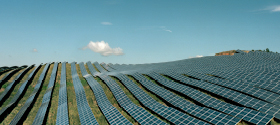
Large-Scale Renewables
Read More Large-Scale RenewablesIssues annual procurements for eligible renewable energy generators and developers interested in long-term Renewable Energy Certificates (REC) contracts.
-
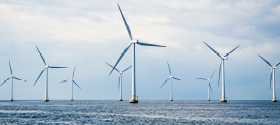
Offshore Wind
Read More Offshore WindPoised to become a major source of affordable, renewable power for New York.
-
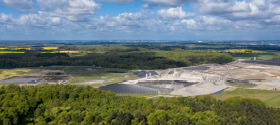
Build-Ready
Read More Build-ReadyAdvances large-scale renewable energy projects on parking lots and other under-utilized spaces that are made build-ready for private renewable energy developers.
-
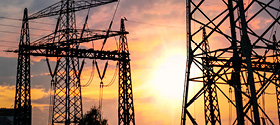
LSE Obligations
Read More LSE ObligationsLearn about the requirements for utilities, electric companies, and other load serving entities (LSEs) to procure renewable energy and help New York meet its clean energy and climate goals.
-

Voluntary REC Sales
Read More Voluntary REC SalesLearn how organizations can leverage Tier 1 RECs to support their sustainability goals and renewable energy development in New York.
-
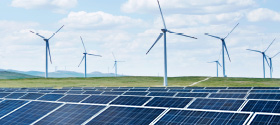
Landowners and Local Governments
Read More Landowners and Local GovernmentsExplore resources to advance responsible clean energy development in your community.
-

Clean Energy Standard Resources
Read More Clean Energy Standard ResourcesAccess resources, including orders from the Department of Public Service, webinars, and toolkits for local governments and renewable energy developers.
Progress To Date
Combined with the existing baseline of renewable facilities in New York, the current pipeline of renewables already under contract and in development projects will power 66% of New York's electricity once operational.
NYSERDA Progress Toward Renewable Energy Goals

New York’s nation-leading climate goals and accelerated renewable energy development are spurring investment, reducing greenhouse emissions, and improving energy efficiency to lower energy demand.
New York’s renewable energy transition has brought more than $29 billion in public and private investment. This includes solar, wind (onshore and offshore), and hydro projects and upgrades to transmission infrastructure to deliver clean energy from where it is generated to where it is needed.
Load serving entities (LSE) can check their compliance and progress toward the CES 70% by 2030 goal using the New York Generation Attribute Tracking System (NYGATS). NYGATS records and tracks information on electricity generated, imported, and consumed within New York State.
LSEs that elect to purchase RECs or that are required to purchase ZECs from NYSERDA can find additional information in REC and ZEC Purchasers.

